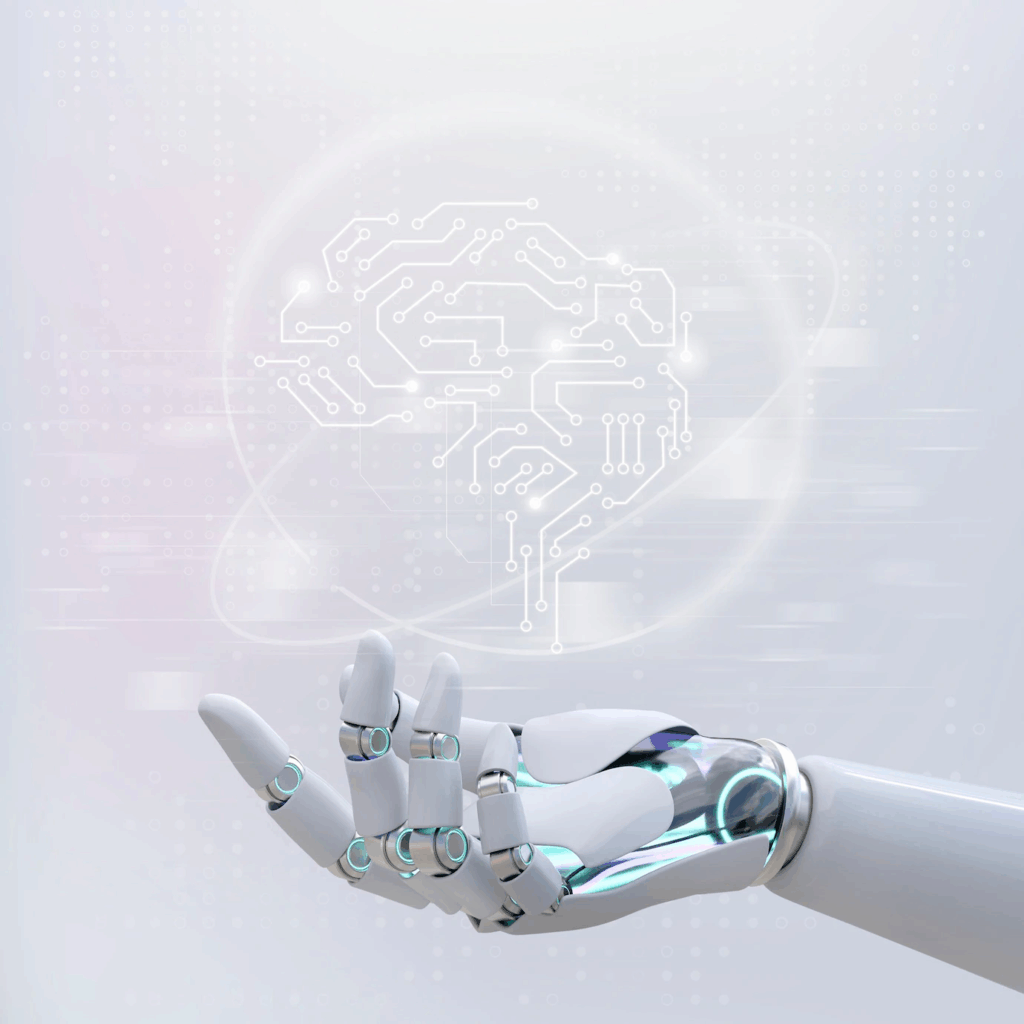Local AI shines in situations where cloud connectivity is shaky or nonexistent. Think remote villages, field hospitals, natural disaster zones, or just airplane mode. In 2025, telemedicine platforms powered by offline AI are helping doctors in rural India perform diagnostics without relying on a signal.
It’s not just more resilient—it’s more inclusive, making intelligent systems accessible wherever they’re needed.
Saving Costs Without Sacrificing Intelligence
Running AI in the cloud can be costly. You pay for bandwidth, compute time, storage, and those microseconds of latency. With local and decentralized AI, much of that cost disappears. Businesses no longer need to rent cloud space for every tiny decision an app makes.
This isn’t just about tech—it’s about values. When AI lives locally or is coordinated across decentralized networks, it’s not controlled by a single entity. That means you, not Big Tech, have more say in how your data is used and who gets to benefit from it.
No one explains this idea better than Daniel Hulme, the CEO of Satalia, a company leading the way in using decentralized AI for businesses. In his words:
“Decentralized AI isn’t just architecture—it’s ethics. It’s about giving people control over their decisions and data.”
Satalia’s work with global retailers like Tesco proves that it’s possible to optimize large-scale operations without compromising on transparency or user autonomy.





